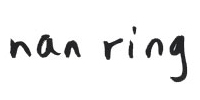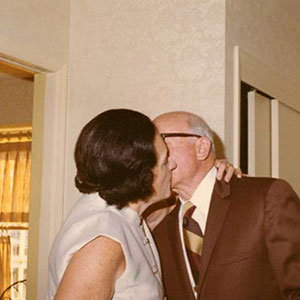Makers in my family go back generations — mother, grandmother, great-grandmother. They tatted, sewed, knitted, crocheted, baked and cooked. There was always making, and domestic ritual around the making; meals, garments, table linens, among other things. My mother baking is the first material process I found moving and inspirational. Each year she baked taiglach, a dessert made with honey caramel. It is shiny and burning hot when it comes out of the pot, and she spread it with her hands that she had dipped in ice water first. It was a dramatic and dangerous act to me as a child and gorgeous in color and sheen. It reminds me now of the painting glazes I use. Later in life, I worked in restaurants as a baker to support my art career. In addition, my father was a photographer and built his own darkroom in our basement. He taught me how to take photographs and develop them myself.
My family visited the boardwalk often. The candy makers awed me —fudge spread thick on its enormous marble slab, the taffy makers stretching huge columns of striped taffy, the cotton candy machine that swirled up an enormous cloud of hot pink candy on a paper cone. I also remember my mother’s and grandmother’s hairdressers teasing their hair into huge, sculptural beehives in the sixties, and then dousing them with hairspray. My grandmother in particular drew on her lips with bright red lipstick because her lips were thin. She didn’t hide the fact that she did this; watching her taught me that you could reinvent yourself with art, change an underlying shape by drawing over it. Equally instructive was that my family saw through her deception and found great humor in it. Later it spoke to me about intention: once the work is finished, it’s not in the artist’s control how it is perceived.
My work is concept driven and varied in intent, style, and medium to address questions of uncertainty and transience. I’m drawn to the small, intimate moment. All of my work has a strong connection to poetry. I’m fascinated by the way that a poem resists the reader, creating multiple layers of meaning. I like a poem’s economy of language, and the way a poem’s meaning evolves for the reader as the reader evolves. Evoking a strong connection between written and visual language, many of my works are meant to be read like poems, with the viewer bringing his or her own narrative to the piece.

